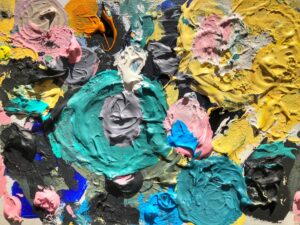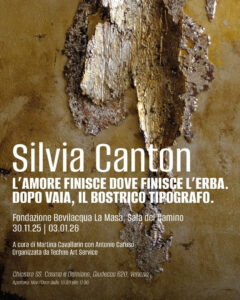On the occasion of the 550th anniversary of the master’s birth
Picket Hall of the Winter Palace (no. 196)
25 April – 24 August 2025
Press release
The exhibition ‘The Divine Michelangelo and his Contemporaries’ opens on 25 April 2025 in the Sala del Picchetto of the Winter Palace. In the year of the 550th anniversary of Michelangelo di Lodovico di Leonardo Simoni (1475-1564), whom the whole world knows simply by his first name, the Hermitage tells us about the circle and followers of the greatest artist of the New Age.
At the centre of the exhibition is the marble statue known as the Crouching Boy, a rare work by Michelangelo outside Italy and the only one in Russia. It arrived in the imperial collection in 1784 from England as part of the Lyde Brown collection. The statue is unfinished, like most of the master’s works. Yet the image he created is extremely expressive. The young man depicted, crouching, is full of strength and physically strong, but his spirit is broken. Only a great sculptor could create such a profound work.
Surrounding the ‘Squatting Boy’ are 13 sculptures and 11 paintings by friends, rivals, pupils and imitators of Michelangelo. These works are a clear testimony to the depth and extent of the influence of the master’s ideas on the artists of the 16th century and subsequent centuries.
Some of the sculptures presented at the exhibition have previously been considered works by Michelangelo. These include the statues Il Compianto (Pietà), Moses, Il giorno e la sera (Day and Evening) and Lo schiavo incatenato (The Chained Slave), made by unknown masters from Buonarroti’s original, as well as Nicodemo con il corpo di Cristo (Nicodemus with the Body of Christ) by Stefano Maderno, Ercole dormiente (Sleeping Hercules) and Il fauno (The Faun) by Baccio Bandinelli, who was considered a rival and competitor of Michelangelo.
Two marble busts that are portraits of Michelangelo complete the exhibition. One of them can be dated to the mid 19th century and dates back to the sculptor’s posthumous mask. The other bust is characterised by an unconventional solution, possibly made during the artist’s lifetime, and can be attributed to Giovanni Antonio Dozio, a Tuscan sculptor and architect who was part of Michelangelo’s Roman entourage.
The pictorial part of the exhibition gives an insight into the manner of the early 16th century artists who were influenced by Michelangelo. Visitors can admire works by Marcello Venusti, Perino del Vaga and Giuliano Bujardini, as well as works from the school of Giorgio Vasari and the workshop of Lorenzo di Credi. The exhibition includes several paintings by unknown masters from the 16th century, whose compositions date back to various inventions by Michelangelo.
The exhibition is organised by the State Hermitage Museum with the participation of the Pushkin State Museum of Fine Arts (Moscow), the State Museum of the History of Religion and the Museum of Christian Culture (St. Petersburg).
(St Petersburg).
The curators of the exhibition are Sergei Olegovich Androsov, chief researcher of the Department of Fine Arts of Western Europe of the State Hermitage Museum, and Zoya Vladimirovna Kuptsova, senior researcher of the Department of Fine Arts of Western Europe.
An illustrated edition with texts by Russian and Italian curators and art historians has been prepared to accompany the exhibition.
The exhibition ‘Divine Michelangelo’ can be visited with an admission ticket to the Main Museum Complex until 24 August 2025.
At the same time, the Museum of Christian Culture opens the exhibition ‘The Divine Michelangelo in the Lens of Aurelio Amendola’, which presents 30 photographs of Michelangelo’s works taken by the famous Italian photographer.




